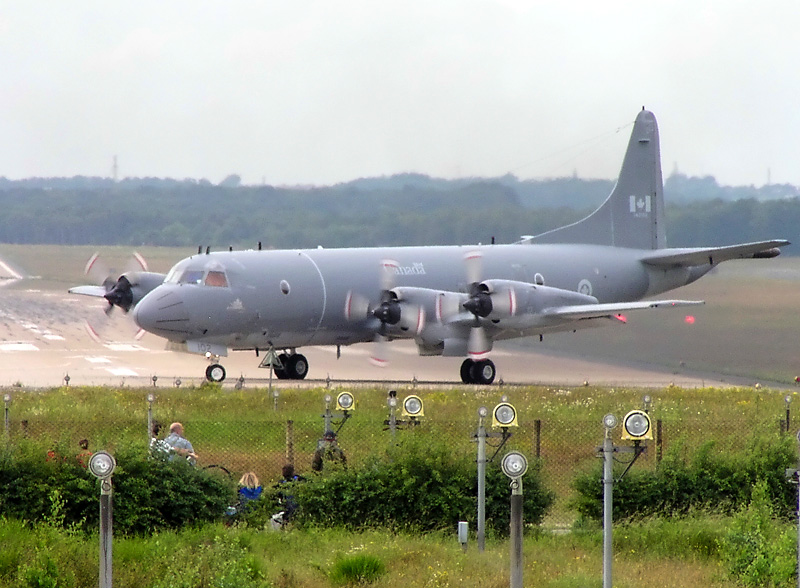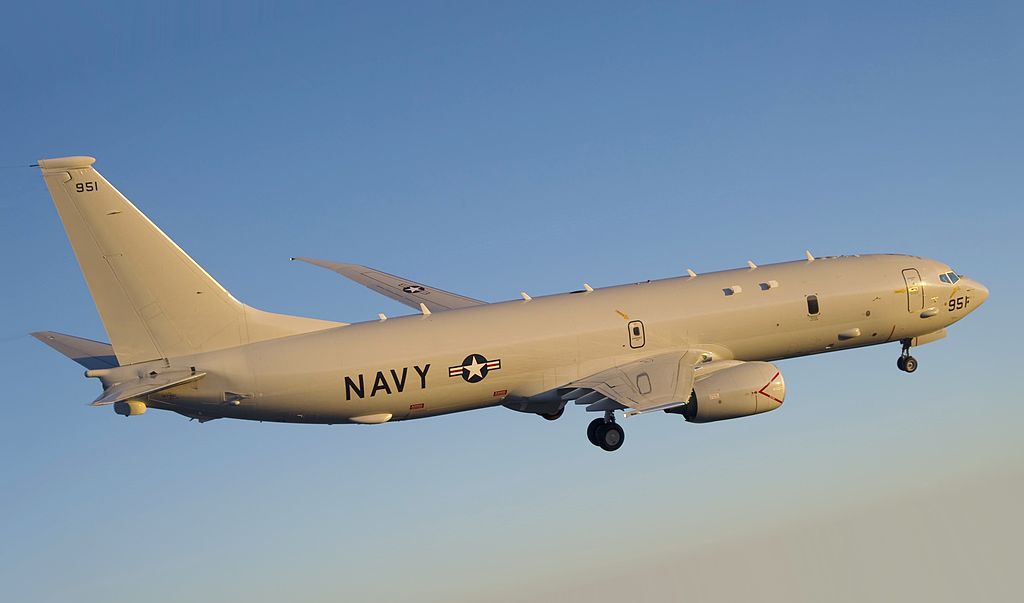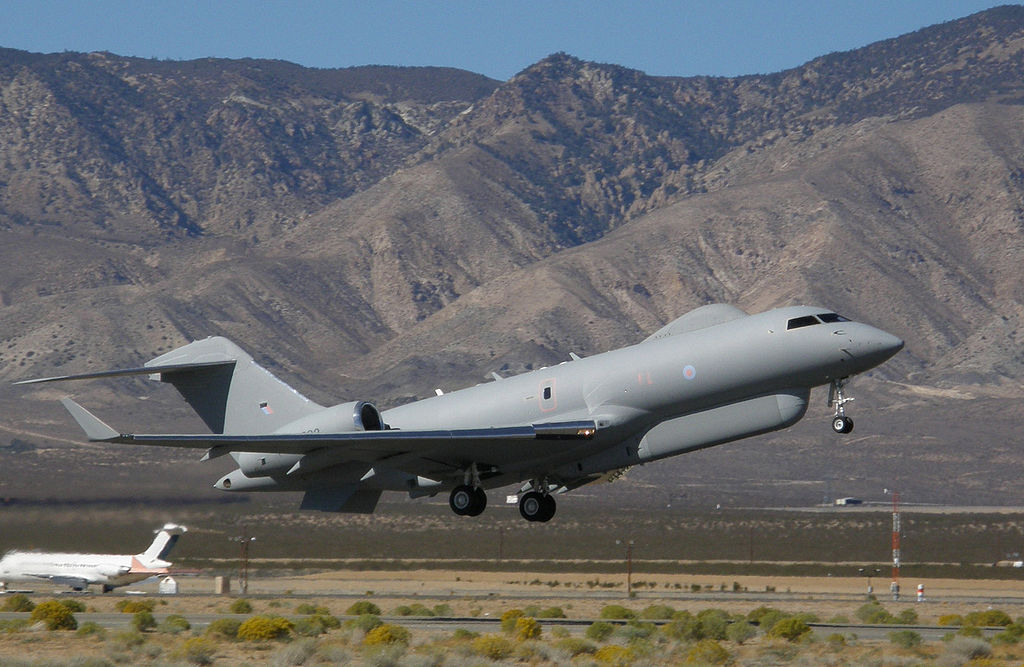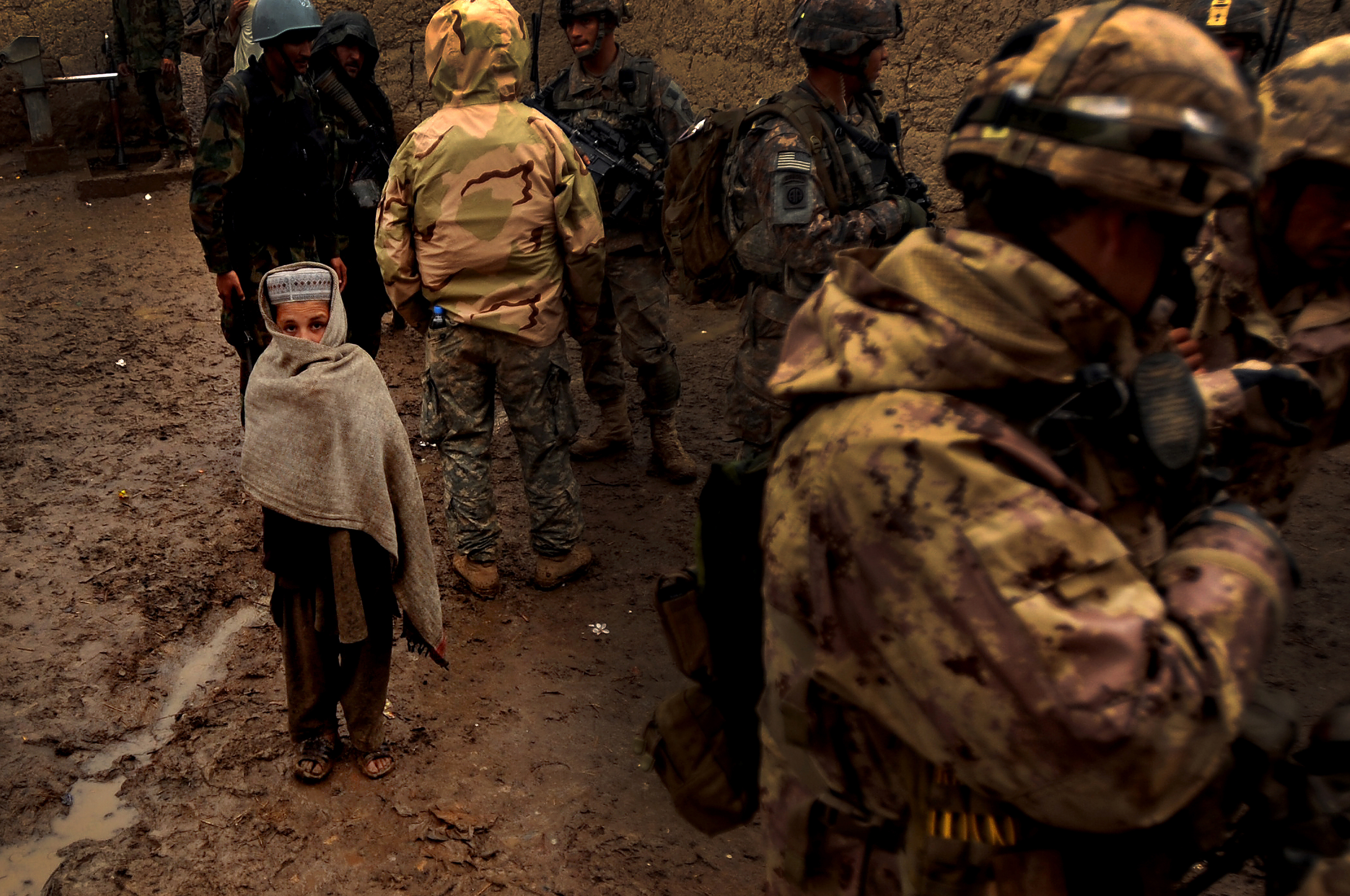Although Canadian efforts to exert sovereignty in the Arctic have been set back by repeated procurement problems, the latest of which might see delivery of the first of Canada’s Arctic Offshore Patrol Ships delayed past 2018, the Lockheed CP-140 Aurora is one success story worth attention. Acquired in 1980, these 18 maritime patrol aircraft carry a sophisticated electronics suite that allows them to detect incursions into Canadian airspace in the Arctic, support search-and-rescue efforts, and even engage in anti-submarine warfare. Given that Lockheed discontinued production of the airframe in 1991, one might be inclined to worry that the Royal Canadian Air Force will be stuck running long-range reconnaissance missions with obsolete aircraft. But the Department of National Defence (DND) has thus far demonstrated a good deal of foresight in its maintenance of the CP-140 Aurora fleet.
 The Aurora Incremental Modernization Project (AIMP) was recently completed, extending the operational life of the aircraft until 2020. While it is regrettable that the Canadian government postponed the project twice, the $35 million investment in structural improvements and new radar systems will ensure Canada is able to maintain at least a token presence in the Arctic until the end of the decade. The continued operation of the Aurora fleet may also help ensure that Canada is able to meet its NATO obligations at a time when there is much uncertainty about what vessels and aircraft will continue to be operated by the Canadian Forces. For example, Canada deployed two CP-140 aircraft to conduct maritime patrols off the Libyan coast during Operation Unified Protector. CP-140s have also been deployed early in the NATO intervention in Afghanistan, in operations against the Islamic State of Iraq and al-Sham, and in counter-narcotics patrols in the Gulf of Mexico, as well as in other roles.
The Aurora Incremental Modernization Project (AIMP) was recently completed, extending the operational life of the aircraft until 2020. While it is regrettable that the Canadian government postponed the project twice, the $35 million investment in structural improvements and new radar systems will ensure Canada is able to maintain at least a token presence in the Arctic until the end of the decade. The continued operation of the Aurora fleet may also help ensure that Canada is able to meet its NATO obligations at a time when there is much uncertainty about what vessels and aircraft will continue to be operated by the Canadian Forces. For example, Canada deployed two CP-140 aircraft to conduct maritime patrols off the Libyan coast during Operation Unified Protector. CP-140s have also been deployed early in the NATO intervention in Afghanistan, in operations against the Islamic State of Iraq and al-Sham, and in counter-narcotics patrols in the Gulf of Mexico, as well as in other roles.
But 2020 is not far off and the Aurora Structural Life Extension Project (ASLEP) was expected to increase the CP-140s’ service life by 15,000 hours per airframe. If these aircraft are to see increased use either in overseas operations or in increased patrols over the Arctic in response to Denmark’s increasingly aggressive territorial claims, some aircraft may need to be pulled from service for safety reasons. Accordingly, DND may need to soon launch a search for the Aurora’s replacement. Fortunately, there are some viable options currently available to Canadian defence officials.
The Raytheon Sentinel is particularly promising. Based on the Bombardier Global Express, the Sentinel was introduced in 2008 as Britain’s own long-range reconnaissance aircraft and has enjoyed much success in this role. The long-term future of the aircraft is uncertain, however. In 2010, the United Kingdom’s Strategic Defence and Security Review recommended that the Raytheon Sentinel be withdrawn from service once it is no longer required to support operations in Afghanistan, citing the cost of maintenance for the aircraft and a limited need for long-range reconnaissance in defending British territory. In 2014, Prime Minister David Cameron reversed the decision and announced that the Sentinel will remain in service until at least 2018.

Another option is the United States’ Boeing P-8 Poseidon. This design is more heavily armed than the CP-140 Aurora and so may require modification to better suit the Royal Canadian Air Forces’ objectives in the Arctic. The Poseidon has already proved to be quite popular globally, which should ensure there is suitable support for long-term maintenance and modernization of the aircraft. For example, the Indian Navy has ordered eight of these aircraft and already received six, the United States Navy has plans to acquire 122, the Norwegian Navy is considering a purchase of six of these aircraft, and the Royal Australian Navy is expected to purchase eight. With such high demand for the Poseidon, it would be likely that the aircraft in Canadian service would match the projected 40 year lifespan of the Aurora.
With at least two options on the market, it is vital that Canadian defence planners begin the process of finding a replacement to the CP-140 Aurora. A procurement process done well could see Canada finally showing its strength in the Arctic in 2020, the skies patrolled by state-of-the-art aircraft and the icy waters cruised by the new Harry DeWolf-class patrol vessels. Such a scenario is not a futuristic fantasy; it is two election cycles away.





